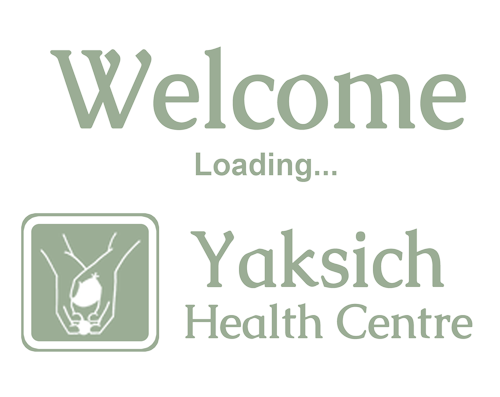Sciatica
Yaksich Health Centre
Sciatica
Yaksich Health Centre
Sciatica refers to pain that radiates along the sciatic nerve, which runs from the lower back down through the buttock, the back of the thigh, and into the leg. According to epidemiological studies it’s been estimated that around 3-5% of the general population will experience sciatica at some point in their lives. Studies have found that sciatica is more common in older adults, particularly those over the age of 50 years old. However, it can occur in people of any age. It is also more common in men than women.
Causes
Yaksich Health Centre
There are several potential causes of sciatica, which is characterized by pain that radiates along the sciatic nerve:
- Herniated disk: one of the most common causes of sciatica, occurs when the soft center of a spinal disk bulges out and presses on the sciatic nerve.
- Sacroiliac joint dysfunction: irritation or inflammation of the sacroiliac joints, which connect the sacrum and the pelvis, can also cause sciatica.
- Piriformis syndrome: A rare condition in which the piriformis muscle, which runs from the lower spine to the upper thigh, becomes tight and presses on the sciatic nerve
- Spinal stenosis: a narrowing of the spaces within the spine, which can put pressure on the sciatic nerve.
- Degenerative disk disease: As we age the spine can experience degeneration, and the cartilage between the joints can wear down, causing pain and stiffness and leading to sciatica.
- Spondylolisthesis: a condition in which a vertebra in the spine slips out of place and puts pressure on the sciatic nerve.
- Tumours or infections: In rare cases, sciatica can be caused by a tumour or infection in the spine.
- Pregnancy: the weight and position of a growing foetus can put pressure on the sciatic nerve, causing sciatica during pregnancy.
YAKSICH HEALTH CENTRE

Treatment
Yaksich Health Centre
There are several treatment options for sciatica, depending on the underlying cause and the severity of the symptoms. Some of the most common treatment options include:
- Medications: over-the-counter pain relievers, such as ibuprofen and acetaminophen, can be effective for mild to moderate pain. In some cases, stronger prescription pain medications may be necessary.
- Physical therapy: exercises and stretches designed to strengthen the muscles of the back, legs and core, as well as to improve flexibility and correct any poor posture.
- Chiropractic and osteopathic care: manual adjustments to the spine to improve alignment and reduce pain.
- Acupuncture: a traditional Chinese medicine technique in which thin needles are inserted into the skin at specific points on the body.
- Massage therapy: using hands-on techniques to manipulate the muscles and soft tissues of the back, legs, and hips to relieve pain and tension.
- Hot and cold therapy: using heat and cold packs to relieve pain and reduce inflammation.
- Injections: such as corticosteroids or nerve blocks, that can be used to reduce inflammation and pain in the affected area.
- Surgery: In some cases, surgery may be necessary to treat certain conditions that can cause sciatica, such as a herniated disk or spinal stenosis.
- Behavioural therapy: can be helpful in some cases to help patient to manage the pain better, such as cognitive-behavioural therapy and mindfulness-based stress reduction.
Contact Us
Reach out today, to learn how we can help you, live a pain free life.

